MEMA chief: Weather delivering more ‘gap disasters’
| Published: 01-15-2024 10:28 AM |
BOSTON — The climate crisis is fueling a steady growth in the intensity and frequency of extreme weather, and Massachusetts cities and towns face an increasingly common conundrum trying to respond to those crises.
Many of the disasters that have hit the Bay State in the past decade, like major flooding, cause more potent effects than local officials can handle on their own but fall short of the scale required to earn a federal disaster declaration, according to the head of the Massachusetts Emergency Management Agency.
Over the past decade, the state emergency operations center has been activated for disaster response at a “largely consistent” rate, while the regional emergency operations center activations have increased by 91%, MEMA Director Dawn Brantley told lawmakers earlier this month.
That disparity is “important and compelling,” Brantley said. The statewide emergency operations center only jumps into action for “substantial disasters” that impact much of Massachusetts and need a more coordinated response, while regional centers get involved when there are “significant impacts to localities.”
“The data on response operations illustrates that gap disasters, disasters that exceed local capabilities to respond and recover but do not reach the threshold of a federal disaster declaration, are increasing in frequency and hitting the commonwealth particularly hard,” Brantley told the Senate Committee on Post Audit and Oversight. “This increase in frequency of gap disasters has a tremendous impact on cities and towns and those of us who directly assist them.”
Brantley said although the state has won praise for its emergency preparedness in the past, gaps remain that “are only increasing as climate change increases the frequency, duration and intensity of weather-related emergencies and disasters.”
A report MEMA published in 2021 found that about half of the municipalities in Massachusetts rely on volunteers as emergency management directors, according to Brantley. About three-quarters of directors also have other responsibilities such as police or fire chief, and the average annual budget for a local emergency management agency is only $5,000, she said.
“That level of funding is far too small to support development and operation of a comprehensive and fully effective emergency management program,” Brantley said.
Article continues after...
Yesterday's Most Read Articles
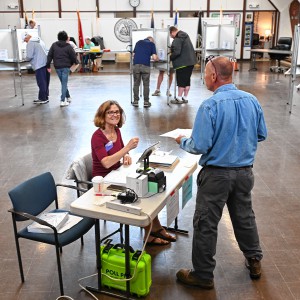 Political newcomer defeats Shores Ness for Deerfield Selectboard seat
Political newcomer defeats Shores Ness for Deerfield Selectboard seat
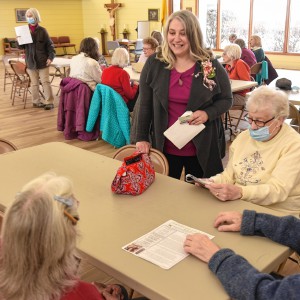 South County Senior Center opts not to renew church lease after rift over LGBTQ program
South County Senior Center opts not to renew church lease after rift over LGBTQ program
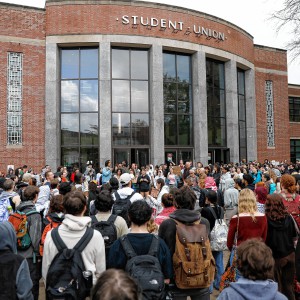 More than 130 arrested at pro-Palestinian protest at UMass
More than 130 arrested at pro-Palestinian protest at UMass
 As I See It: Between Israel and Palestine: Which side should we be on, and why?
As I See It: Between Israel and Palestine: Which side should we be on, and why?
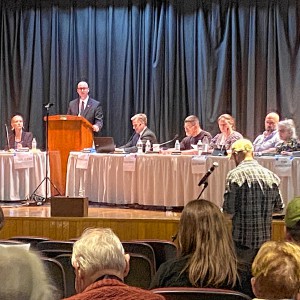 Moratoriums on large-scale solar, battery storage passed in Northfield
Moratoriums on large-scale solar, battery storage passed in Northfield
 Bridge of Flowers in Shelburne Falls to open on plant sale day, May 11
Bridge of Flowers in Shelburne Falls to open on plant sale day, May 11
The panel, chaired by Sen. Marc Pacheco of Taunton, invited state officials and outside experts to weigh in on how climate change is fueling more frequent extreme weather events and what Massachusetts can do to better prepare for the impacts.
Pacheco urged his colleagues in state government to better plan for the most dire consequences of the climate crisis by pointing to another emergency that’s been straining state government: unprecedented demand on the emergency shelter system.
“We’ve had all kinds of reactions throughout the state and nationally ... over this migrant issue,” Pacheco said.
He added that researchers estimate climate change will drive a massive increase in migration as refugees flee areas damaged by natural disasters and extreme weather, adding, “We’d all better get started on putting some plans together as to how we’re going to deal with these issues if we’re not acting urgently enough to prevent that from happening in the first place.”
He added that there’s “some interest within the committee and within the Senate to have a separate oversight hearing just trying to drill down a little further on these issues.”
Lawmakers enshrined in state law a target of slashing greenhouse gas emissions to a net-zero level, compared to 1990, by 2050. Getting there will require a massive shift toward clean energy sources, and the lofty plans so far have run into speed bumps.
Deanna Moran, vice president of healthy and resilient communities at the Conservation Law Foundation, warned that Massachusetts is “not moving quickly enough on implementation.”
She urged policymakers to embrace a trio of “low-hanging fruit” reforms: mandating flood risk disclosures in home sales, updating floodplain management and building standards to better account for climate change, and establishing a “voluntary state buy-out program” for properties facing climate risks.
Moran said troves of research show that many more properties are at risk of flooding than the existing floodplain maps overseen by the Federal Emergency Management Agency indicate.
“The problem is that we haven’t taken the necessary steps to integrate any of this information and data into our floodplain management techniques and building code standards,” she said.
“The flood risk disclosure law and the state building code updates don’t cost us anything,” Moran added later in the hearing. “We could do them tomorrow if we had the political will to do them.”

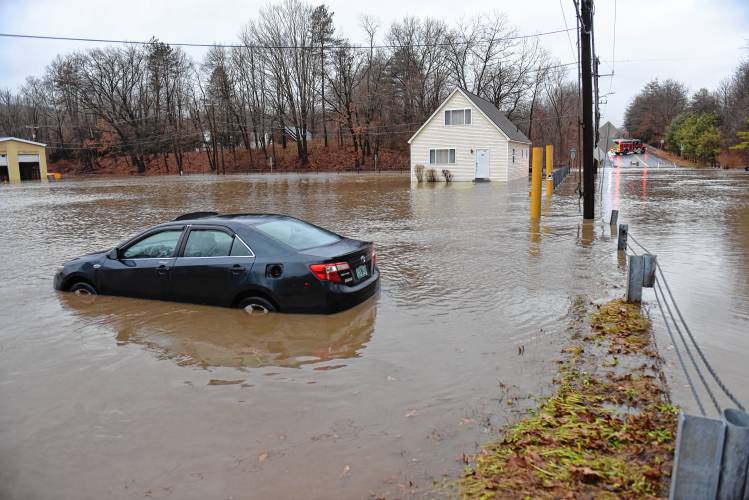
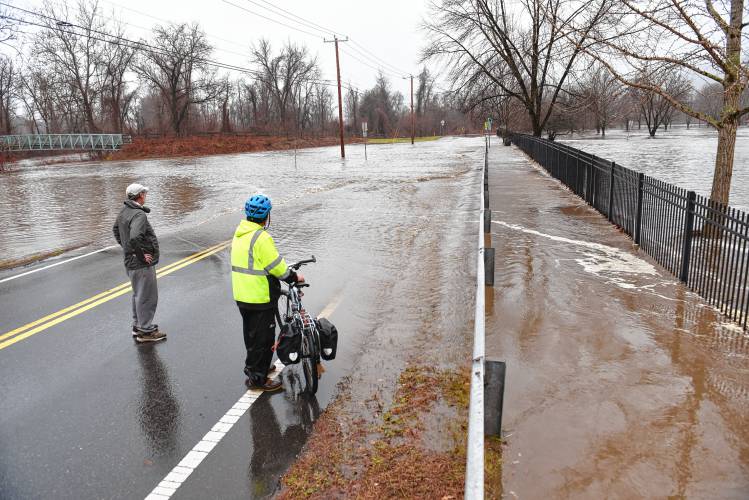
 UMass graduation speaker Colson Whitehead pulls out over quashed campus protest
UMass graduation speaker Colson Whitehead pulls out over quashed campus protest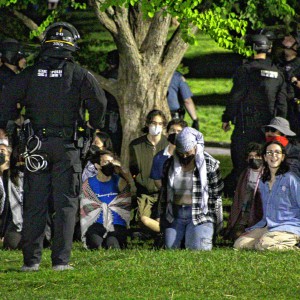 UMass student group declares no confidence in chancellor
UMass student group declares no confidence in chancellor Four Rivers Climate Club organizes litter cleanup, panel on environmental activism
Four Rivers Climate Club organizes litter cleanup, panel on environmental activism Retired police officer, veteran opens firearms training academy in Millers Falls
Retired police officer, veteran opens firearms training academy in Millers Falls
